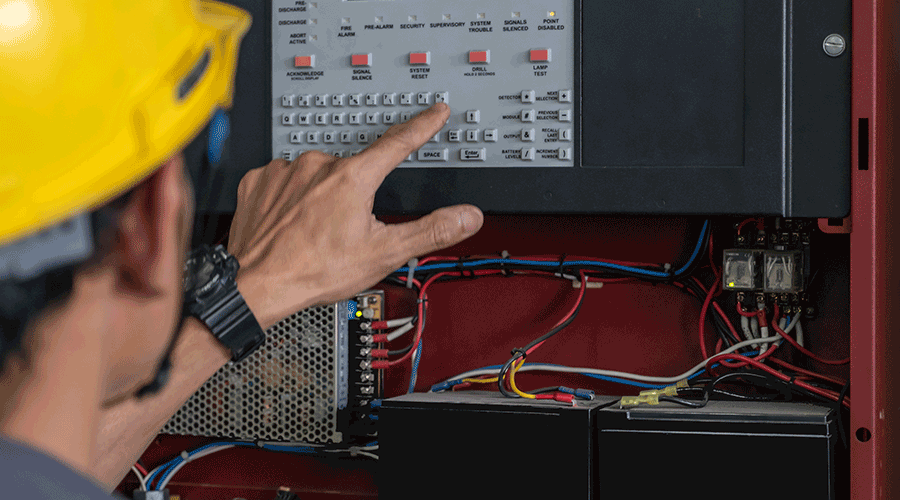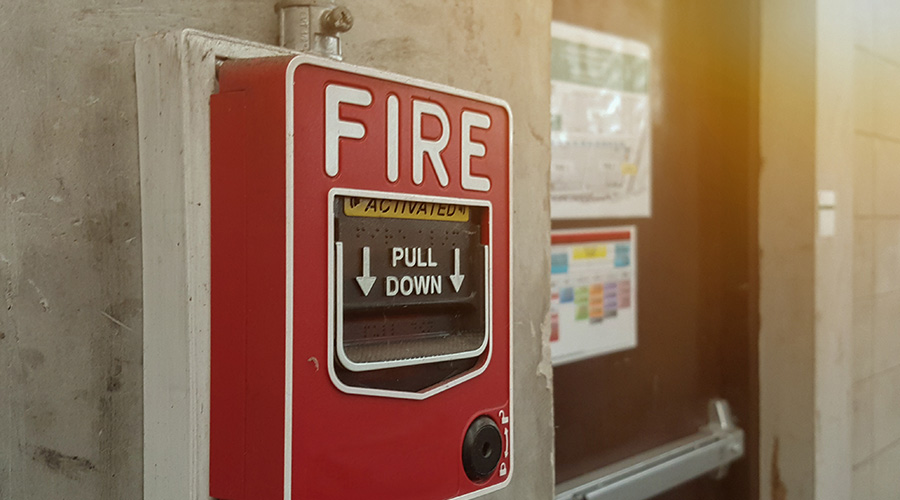New Choices In Fire Protection Systems Can Help Make Facilities Safer
Fire protection systems generally have long life cycles, but as with all building systems, there comes a time when they need to be replaced. Sometimes a code, standard, or other regulation may dictate this replacement. Other circumstances may also determine that the system needs to be replaced, such as when parts to keep the system up and running are no longer available.
Recently, there have been a number of changes in fire systems. These changes give facility managers a number of choices when it comes to selecting functionality, so defining what a system does and does not need to do can help make selections easier.
One of the first steps should be consulting a fire protection engineer. Fire protection engineers understand the science and the latest technologies that are used to protect people, property and the environment from fire. A fire protection engineer can assist in determining the appropriate system for the appropriate application and assist in preparing the design, installation and maintenance requirements involved in the various systems available.
Fire Alarm And Communication Systems
Traditionally, fire alarm systems provide early detection, warn occupants, initiate evacuation, and notify the proper authorities. Although this is still true, as a result of recent terrorist incidents, school shootings, and natural disasters, the role of a building's fire alarm system has expanded. These systems have evolved into emergency communication systems that provide essential information that is needed for occupants to respond during all types of emergencies.
In addition to generating a standard evacuation signal, fire alarm and communication systems have the ability to have speakers that provide voice messages. Because these voice alarm systems can clearly state the problem and give specific instructions to the building occupants on how to respond, people are more likely to take action. Moreover, these systems can also instruct occupants to relocate to areas of refuge when complete building evacuation is not feasible or necessary.
For these systems to be effective in providing information, it is imperative that building occupants can hear and clearly understand the messages. In the past, a lot of attention was focused on audibility. Although audibility is important, audibility does not guarantee intelligibility. Much time and effort has been devoted to finding ways to design better speakers so people can clearly understand the voice messages.
Moreover, building stakeholders are now asking these systems to do more. This includes providing mass notification at a much larger scale across multiple buildings and during all types of emergencies, including, but not limited to, fire, terrorist incidents, domestic violence incidents, weather emergencies, earthquakes, and hazardous material incidents.
Information can now be provided to a campus of facilities through a number of mediums such as audible notification appliances, visual notification appliances, graphics displays, text messages, email, outside speakers, smart phones and local television announcements.
Since these systems are more complex than a traditional fire alarm system, a careful risk assessment is essential when planning and designing mass notification systems. This includes getting all major stakeholders to participate in this risk assessment.
Additionally, the fire protection engineering community has also been making great strides in providing more reliable and faster responding detection. One area worth noting is related to improvements in flame and smoke video image detection (VID) technology. VID technology includes a video camera that uses video-based analytical algorithms to detect flames and smoke.
Typically, VID technology is used in areas that do not work well with traditional spot-type smoke detection, such as large volume indoor spaces, outside hazards, and tunnels. It has been successfully used in electrical power plants, paper mills, nuclear research facilities, automotive plants, warehouse/distribution centers, and oil platforms.
Related Topics:













